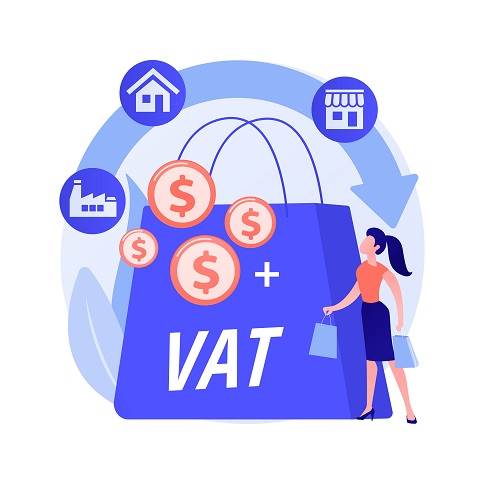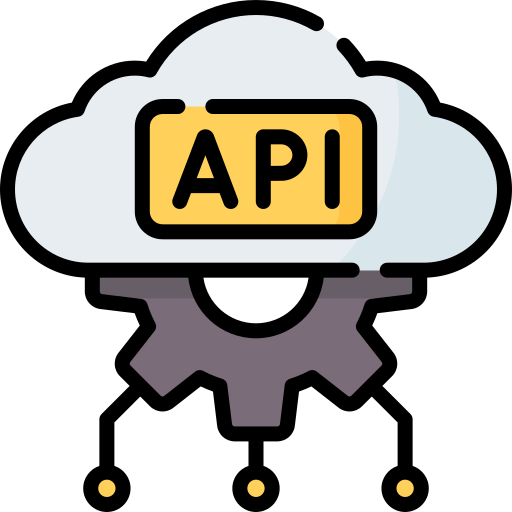In the realm of e-commerce, especially for businesses operating across borders within the European Union, VAT (Value Added Tax) compliance can be a complex headache. VAT rates and regulations vary by country, and ensuring accuracy is crucial to avoid penalties and maintain good financial standing. This is where VAT APIs come in, offering automated solutions for VAT number validation, rate retrieval, and even price calculations.
But with multiple VAT APIs available, choosing the right one for your business needs is essential. Two popular contenders are vatlayer and VAT API. Let’s break down their key features and see which one might be the better fit.
VAT Data Accuracy and Reliability
This is paramount when dealing with VAT. vatlayer boasts a strong edge here. It gathers data from reliable sources, including the European Commission’s databases, to deliver the most up-to-date VAT rates, number validation, and company details. VAT API, on the other hand, focuses on providing accurate API metrics through Amazon servers and its API Gateway service. While this ensures smooth operation, the focus seems to be more on technical aspects rather than core VAT data accuracy.
Features and Functionality
Both vatlayer and VAT API offer VAT number validation, VAT rate retrieval for individual countries or the entire EU, and the ability to handle standard and reduced VAT rates. However, vatlayer goes a step further by providing VAT-compliant price calculation. This can be a valuable time-saver, especially for businesses dealing with dynamic pricing based on location and VAT rates.
Pricing and Plans
Both services offer free plans with limitations on monthly requests. vatlayer’s free tier allows for up to 100 requests per month, while VAT API’s limit is not publicly disclosed. Paid plans from both providers offer increased request volumes and additional features. Consider your business’s VAT processing needs to determine the most cost-effective plan.
The Verdict
While VAT API offers a functional solution, vatlayer emerges as the stronger choice due to its focus on VAT data accuracy through reliable sources and its additional VAT-compliant price calculation feature. However, the best solution ultimately depends on your specific needs and budget.
Here are some additional factors to consider:
- Ease of integration: Evaluate how easily each API integrates with your existing systems and development environment.
- Customer support: Assess the level and responsiveness of customer support offered by each provider.
- Scalability: If you anticipate significant growth in your business, consider the ability of the API to scale with your needs.
By carefully considering these factors alongside the information provided, you can make an informed decision about which VAT API, vatlayer or VAT API, is the better solution for your business.


